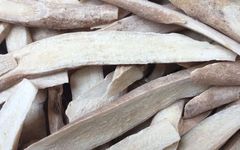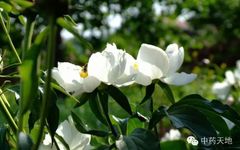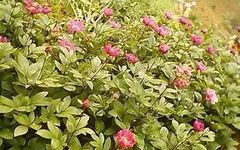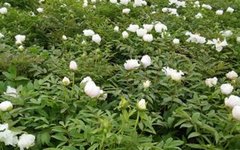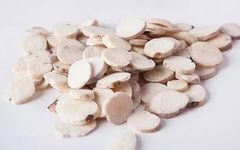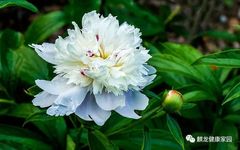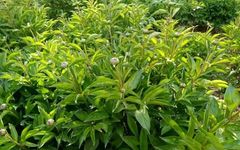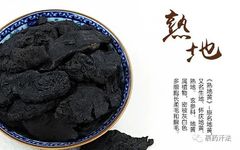Guide to the Use of Bai Shao (White Peony)
1 Bai Shao (白芍), nourishes blood for heat deficiency, drains liver fire for excess, reduces deficiency heat, alleviates symptoms caused by heat-related three consumptions, can stop abdominal pain due to blood deficiency, restrain fever from blood deficiency, and calm fetal restlessness due to heat. 2 Bai Shao is a key herb for stopping abdominal pain. … Read more

